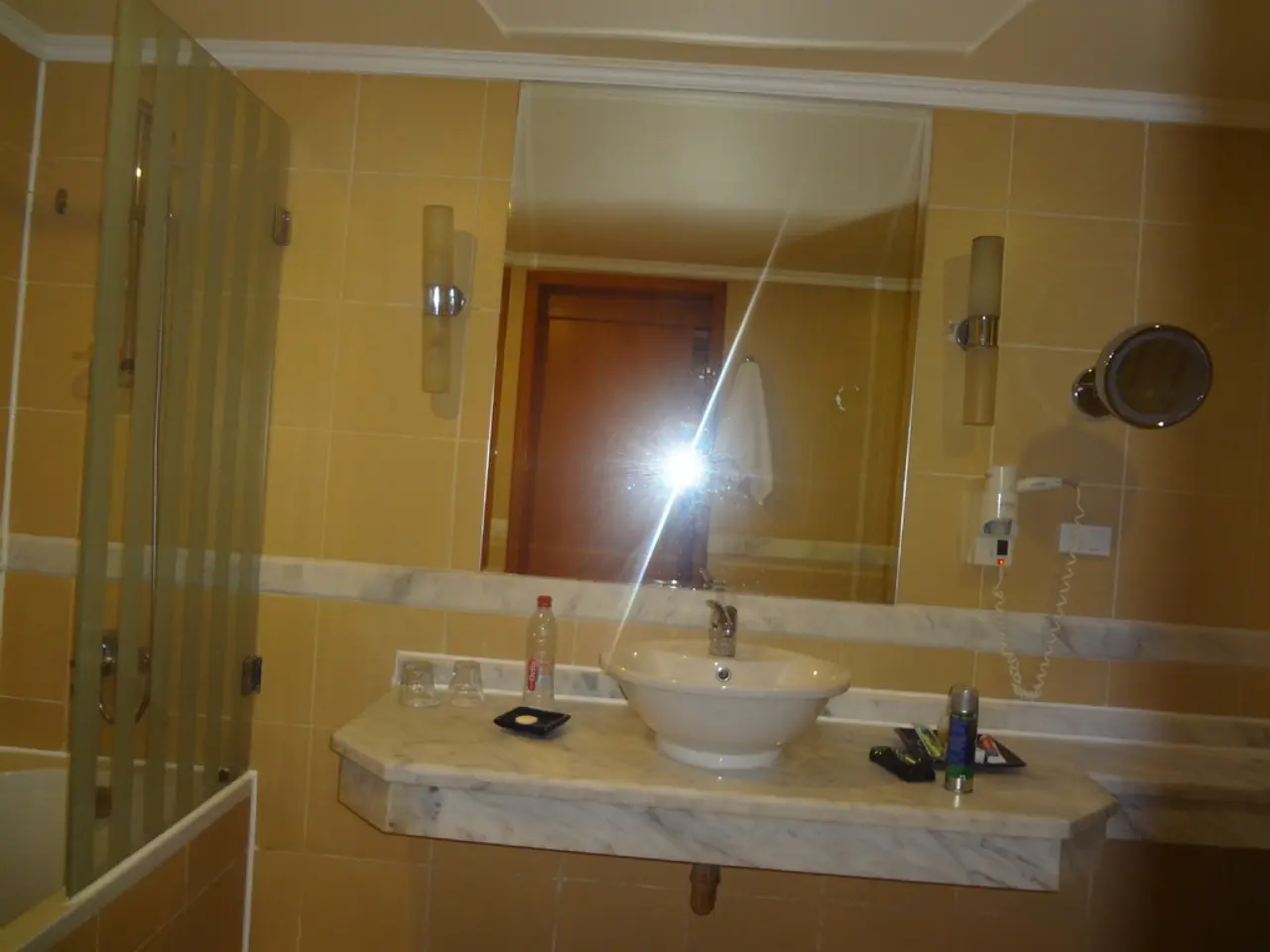Instructions for Connecting a Dishwasher in 7 Simple Steps
In the heart of modern kitchens, the dishwasher has become an indispensable appliance, ensuring cupboard-ready glasses and cutlery with ease. Whether you're opting for an integrated model that blends seamlessly with your cabinetry or a freestanding one offering more flexibility, the key to its effectiveness lies in its proper installation.
To install a dishwasher, several crucial steps must be followed. First, secure the plumbing. Connect the water supply line carefully using compatible fittings, such as 3/8 inch compression or push-to-connect fittings. Hand-tighten the connection to the dishwasher inlet initially, then apply a quarter turn with a wrench. Avoid over-tightening to prevent damaging plastic threads.
Next, install the drain line with a backflow prevention method. This can be achieved through an air-gap fitting or a high-loop in the drain hose. The air-gap creates a physical separation at the sink wall, while the high-loop raises the hose under the countertop before it descends to the drain. Always use proper materials, and avoid using Teflon tape or pipe dope on the dishwasher water inlet if the fitting includes a rubber compression ring, as it can cause leaks.
Ensure that the dishwasher is connected to a dedicated power source following code requirements, usually with a junction box for the power cord near the dishwasher location. General installation tips include making sure all hoses and connections are securely tightened but not overtightened, using appropriate fittings, and considering push-to-connect plumbing kits for easier, quicker installations. Verify that the drain hose is properly secured to avoid leaks or disconnections.
Once the plumbing is secure and the electrical connections are made, plug in the dishwasher and run a quick test cycle to ensure water flows into the machine as expected and drains properly without any leaks. If any leaks are present, tighten the connections further or adjust the pipes as necessary.
Two examples of dishwashers on the market are the Hisense freestanding dishwasher, boasting a 13 place setting capacity, fitting up to 143 items per load, and the Bush 12 place settings dishwasher, which features an Extra Dry function and a Half Load feature for conserving water and energy.
Remember, if you encounter challenges or feel uncertain about the installation process, it's wise to call in a professional. Seeking expert advice on whatever kitchen appliance you look to install is always a prudent move. By following these guidelines, you'll ensure your dishwasher operates optimally, prevents leaks, and maintains hygiene by stopping dirty wastewater from entering the appliance.
- The design of modern kitchens often includes a dishwasher, automating the washing of glasses and cutlery for a convenient home-and-garden lifestyle.
- When planning your kitchen renovation, consider the installation process of your chosen dishwasher to ensure its effectiveness and prevent potential energy waste.
- The implementation of a utility-focused lifestyle can be further enhanced by consulting a guide on home-and-garden improvements to help with the build of a loft kitchen featuring a dishwasher.
- Whether you're putting together a home-and-garden guide or just installing a dishwasher yourself, proper planning, including plumbing and electrical connections, is crucial for the appliance to operate efficiently and hygienically.
- If you're looking to create a modern lifestyle that emphasizes convenience and energy-saving, there are several dishwashers on the market, such as the Hisense and Bush models, to accommodate various home designs and lifestyles.




